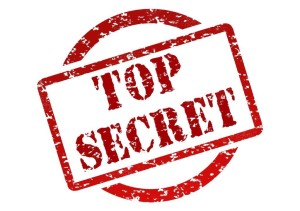Recent Verdicts Show a Possible Trend Toward Large Damage Awards for Plaintiffs in Trade Secrets Cases
March 28, 2023
A recent article from Proskauer highlights several “extraordinary verdicts” for plaintiffs in recent trade secret cases. The trend is being seen across industries:
- Appian Corp. v. Pegasystems Inc., No. 2020-07216 (Va. Cir. Ct. Fairfax Cty. May 9, 2022) (Software);
- Versata Software Inc. v. Ford Motor Co., No. 2:15-cv-10628 (E.D. Mich. Oct. 26, 2022) (Automobile Industry);
- Coda Development SRO v. Goodyear Tire & Rubber Co., No. 5:15-cv-1572 (N.D. Ohio Sept. 19, 2022) (Manufacturing);
- Comet Technologies USA Inc. XP Power LLC., No. 20-cv-86408 (N.D. Cal. Mar. 23, 2022) (Industrial Equipment);
- Epic Systems Corp. v. Tata Consultancy Services, Ltd., No. 14-cv-748 (W.D. Wisc. July 1, 2022) (Aerospace).
These recent jury awards are notable because of their large scale, but also because they rely on a theory of unjust enrichment available under the Defend Trade Secrets Act (“DTSA”) and state statutes that focus on “avoided development costs.” Juries are awarding damages for sunk costs of time and money spent by the trade secret owner in the creation and development of their trade secrets.
18 U.S.C. §1836(b)(2) and The Uniform Trade Secrets Act (“UTSA”) allow for additional “damages for unjust enrichment caused by misappropriation of the trade secret that is not addressed in computing damages for actual loss.” When applying this theory of unjust enrichment, damages are often considered “avoided costs.” Parties found liable for misappropriation are liable for the development costs they avoided by misappropriating the trade secret.
The article encourages litigants to consider using expert testimony for the calculation of damages and stresses the impact this testimony can have on helping a jury understand what has been lost. Experts can help translate the minutia of differences between the benefit conferred to the misappropriating party and what might have occurred had they acquired the trade secret through lawful means, in a way that juries will be able to understand and assess.
The authors note that in pleading, the scope of the “trade secrets” the claim should not be unnecessarily narrow and must identify the alleged trade secrets with sufficient specificity to avoid early dismissal for ambiguity and vagueness.
To read Proskauer’s “Lessons Learned From 2022’s Trade Secret Verdicts,” click here.
To learn more about how Castaybert PLLC can assist you with disputes involving claims of trade secret misappropriation, click here.










